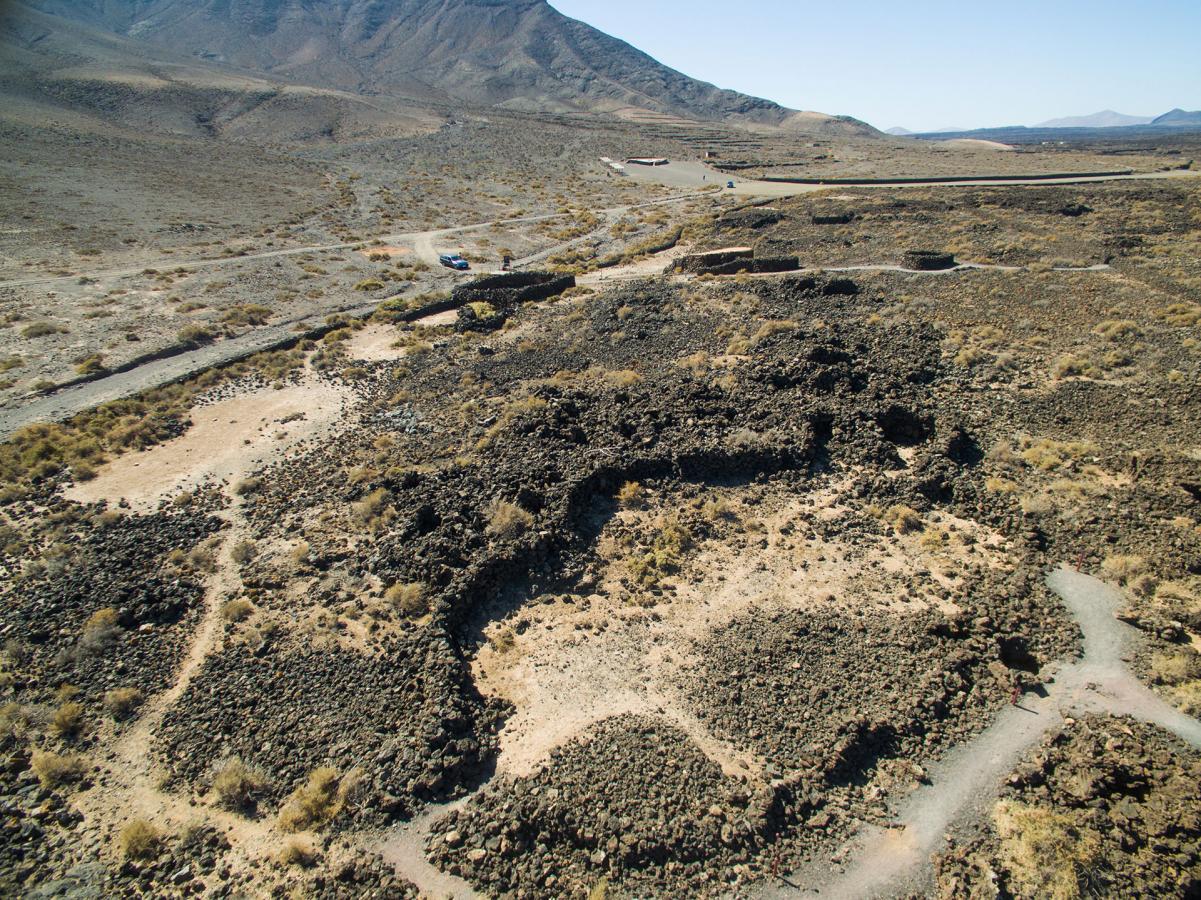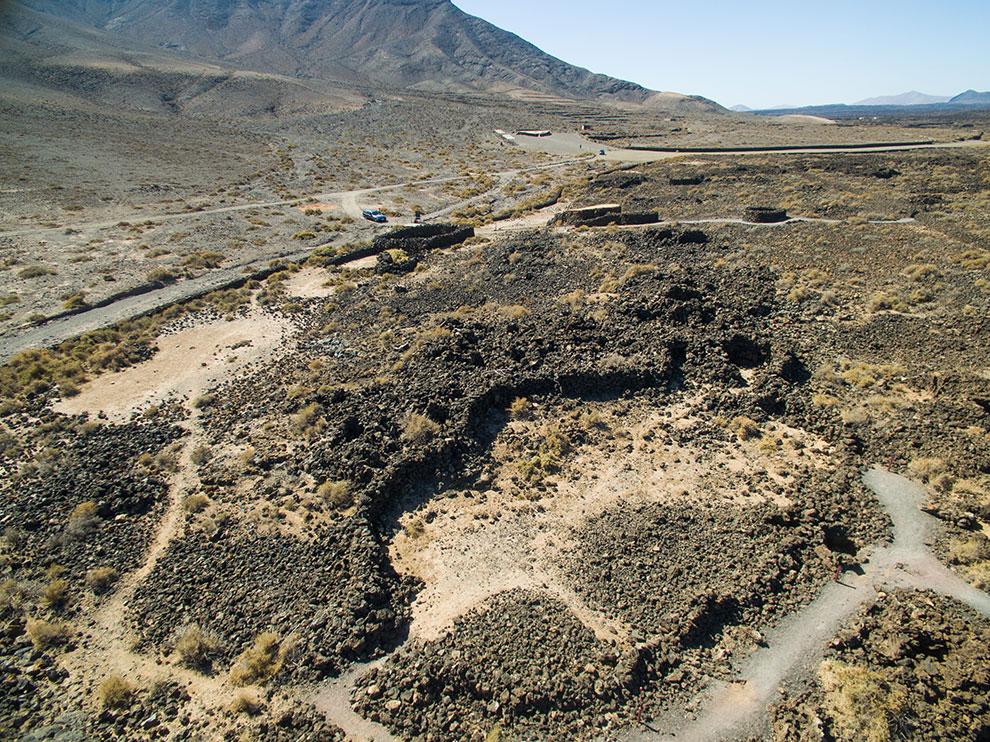Fuerteventura is an ideal place to combine nature, relaxation, and culture
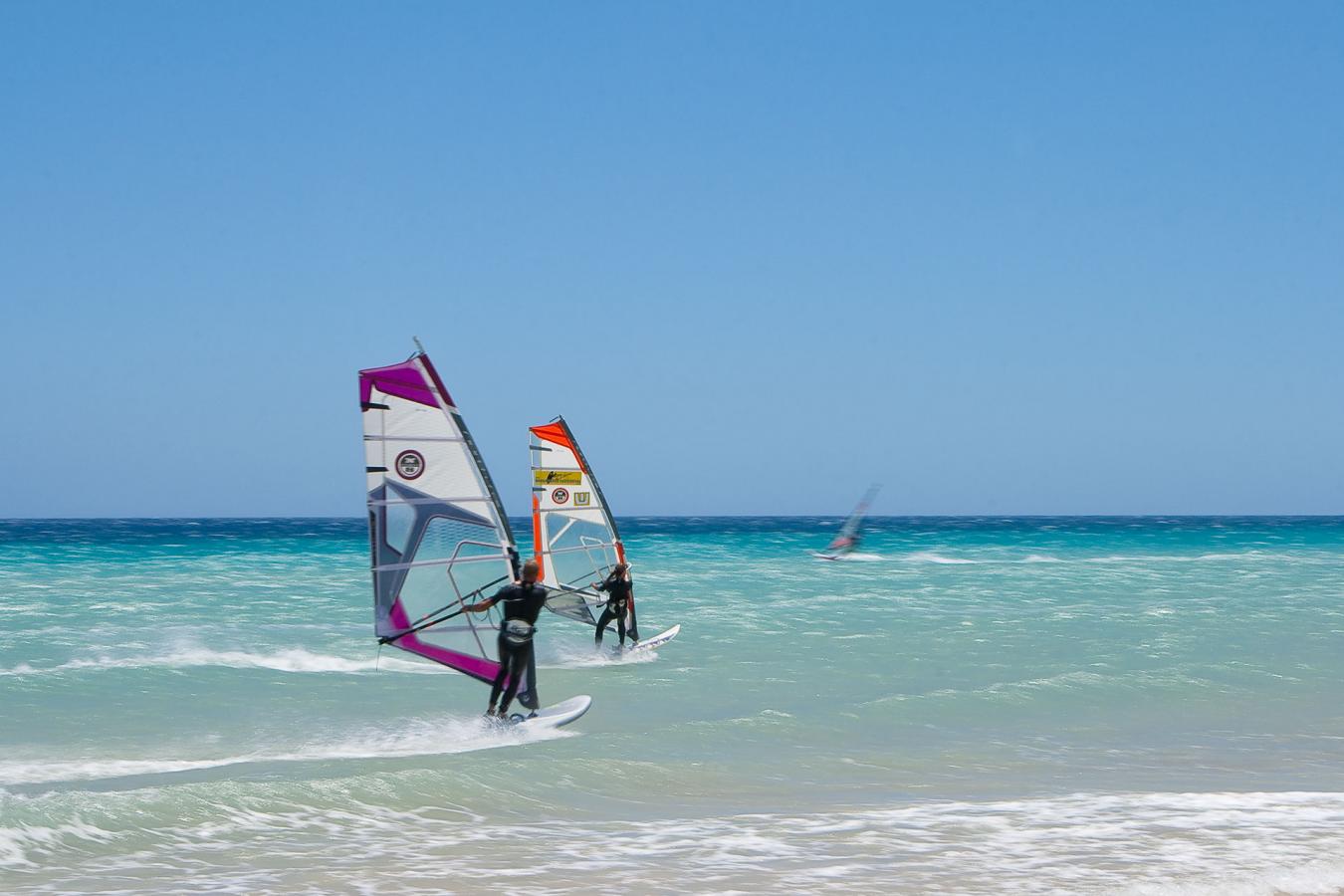
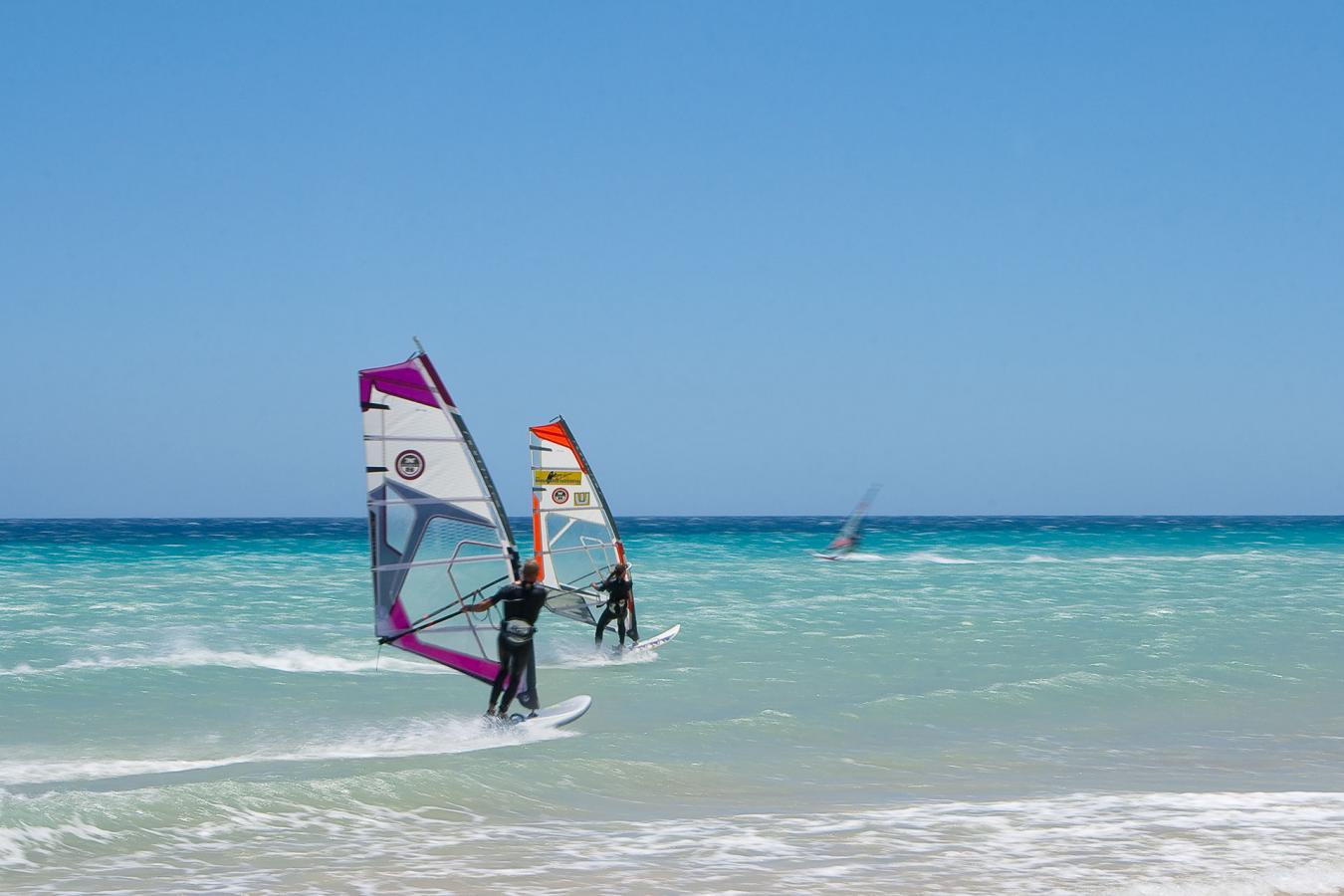




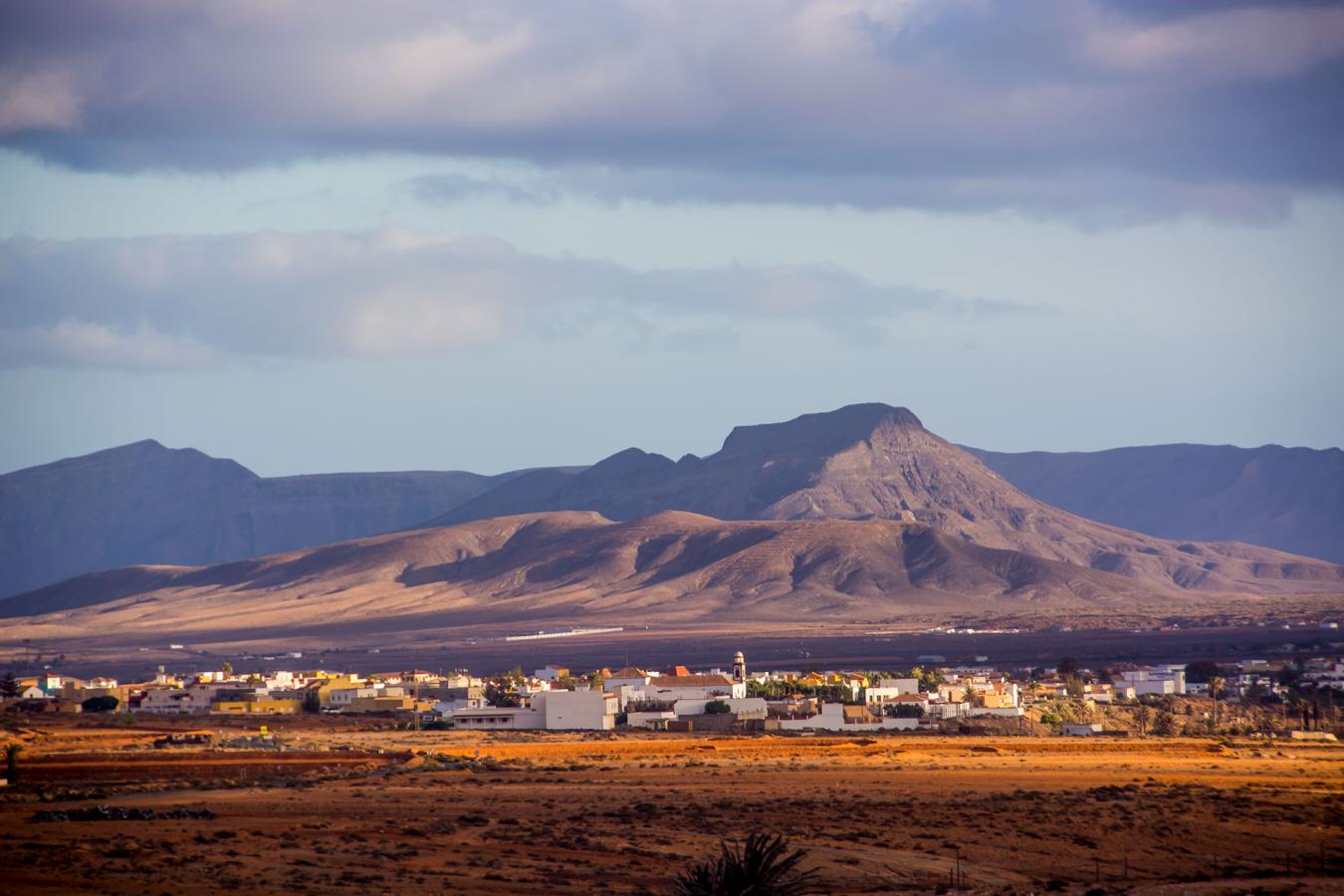


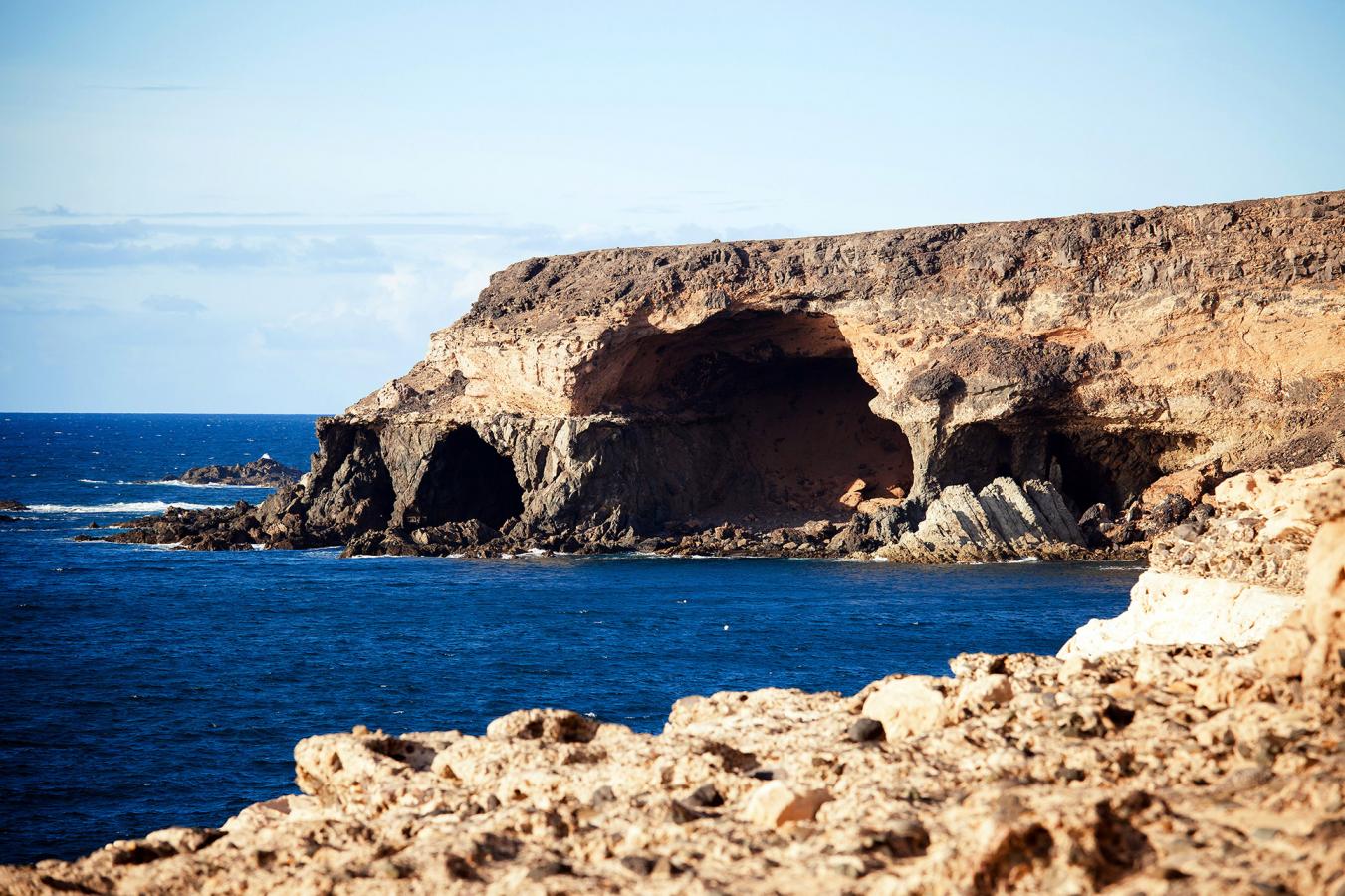



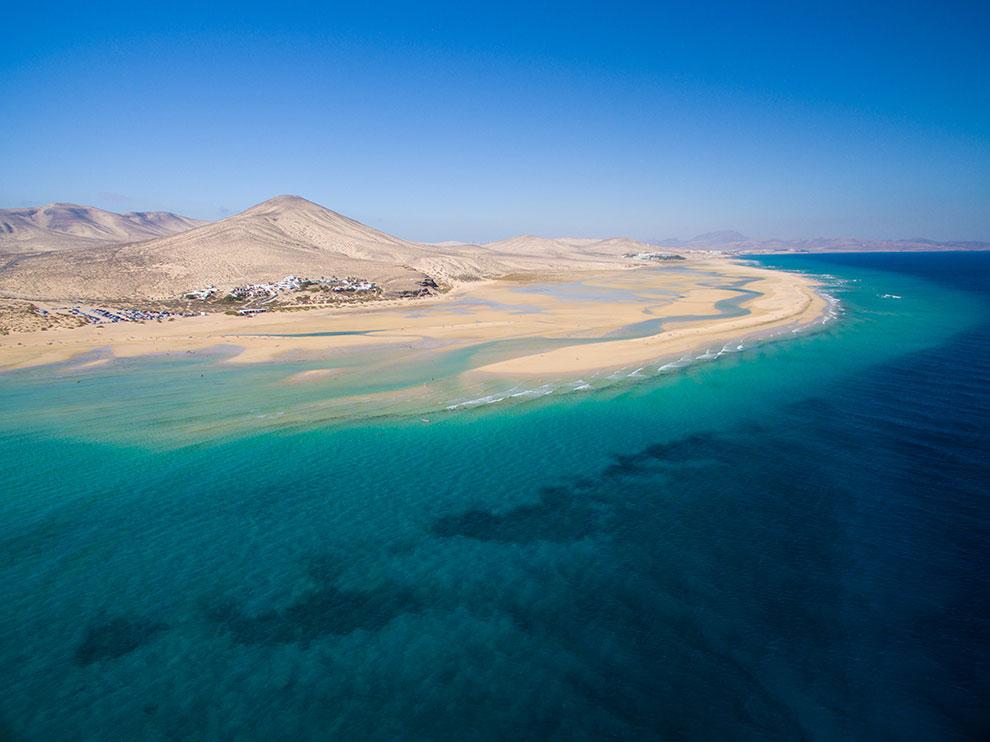

Fuerteventura has more than just paradisiacal beaches, waves, surf, and charming villages. Visitors to the island will discover that there are plenty of cultural activities to satisfy every taste. Fuerteventura has a fascinating network of museums that allow visitors to learn more about the history and culture of the island paradise.



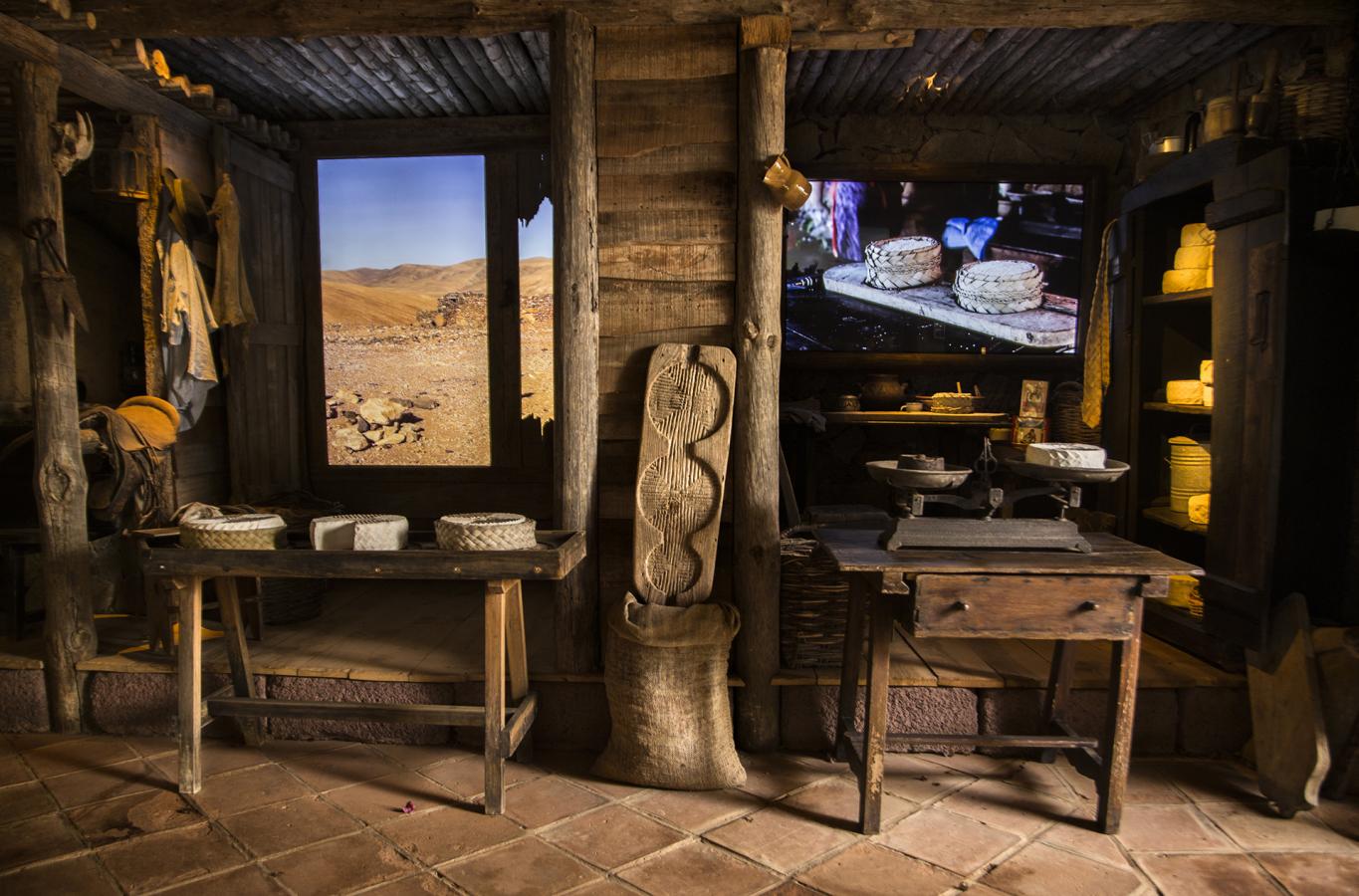
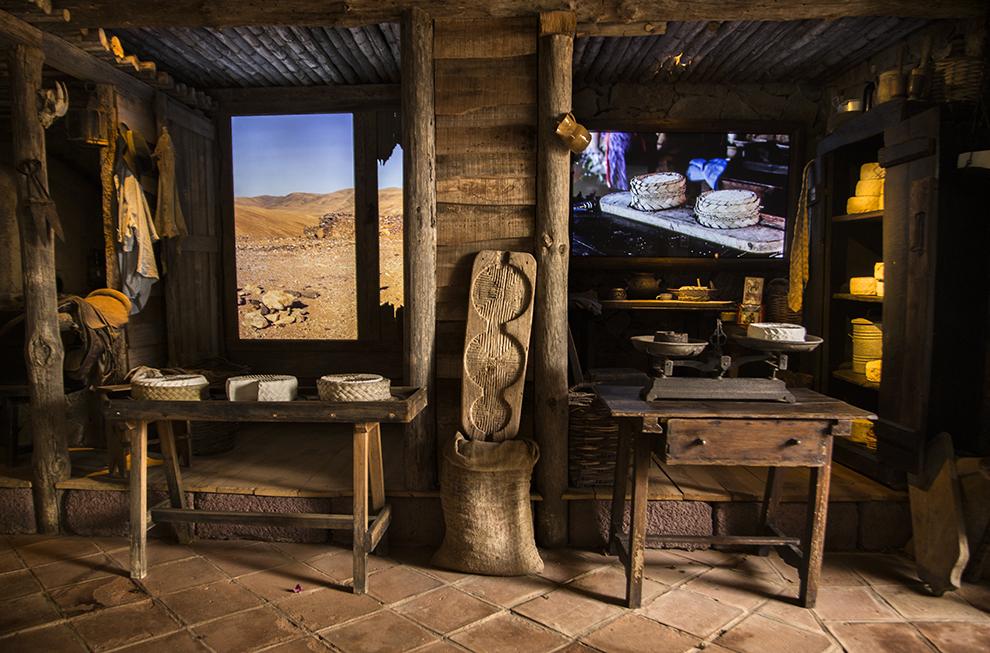

Salt Museum
This museum is located in the small fishing village of Las Salinas del Carmen (which is two kilometres from Caleta de Fuste). The museum stands on the site of some old salt flats which date back to the beginning of the twentieth century. During guided tours travel through the old salt flats, visitors to the museum will develop knowledge on how salt is obtained from the ocean. There is also a nice restaurant and a shop which sells authentic salt. The Salt Museum is an idea place to visit with the family. Barrio Las Salinas, 2 (Antigua).
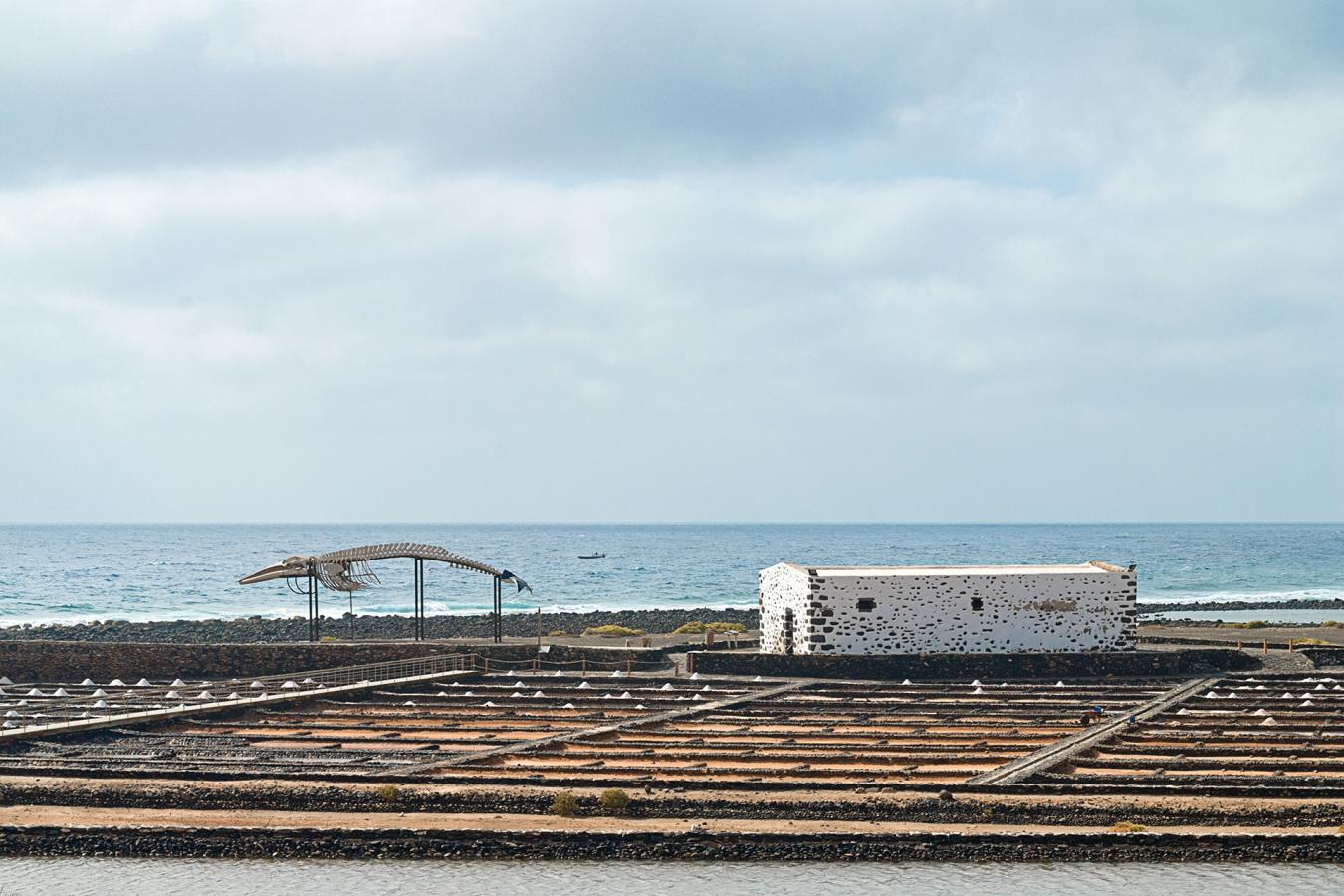
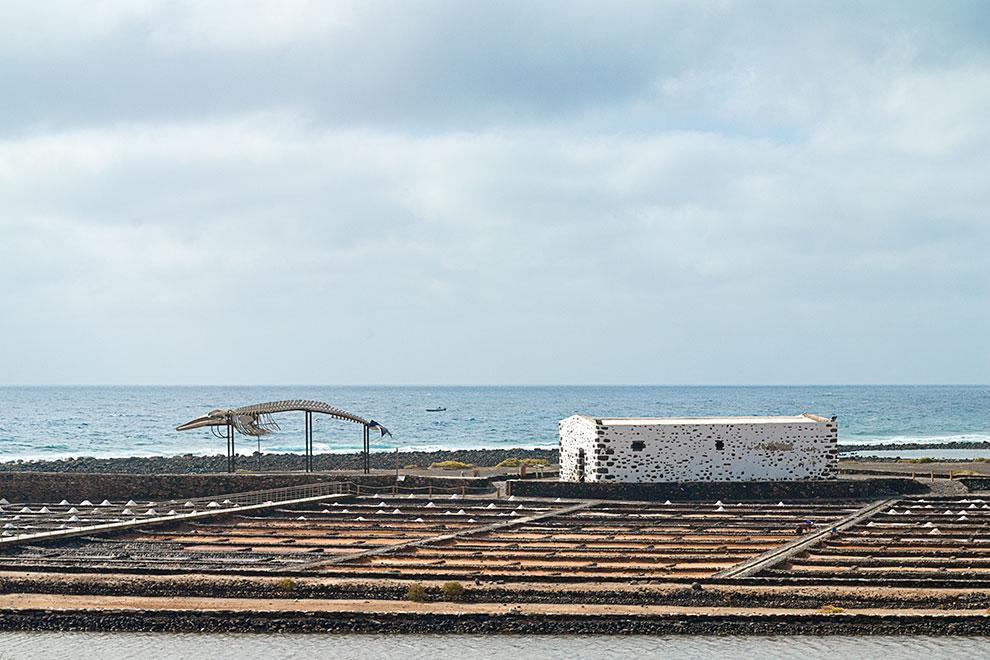

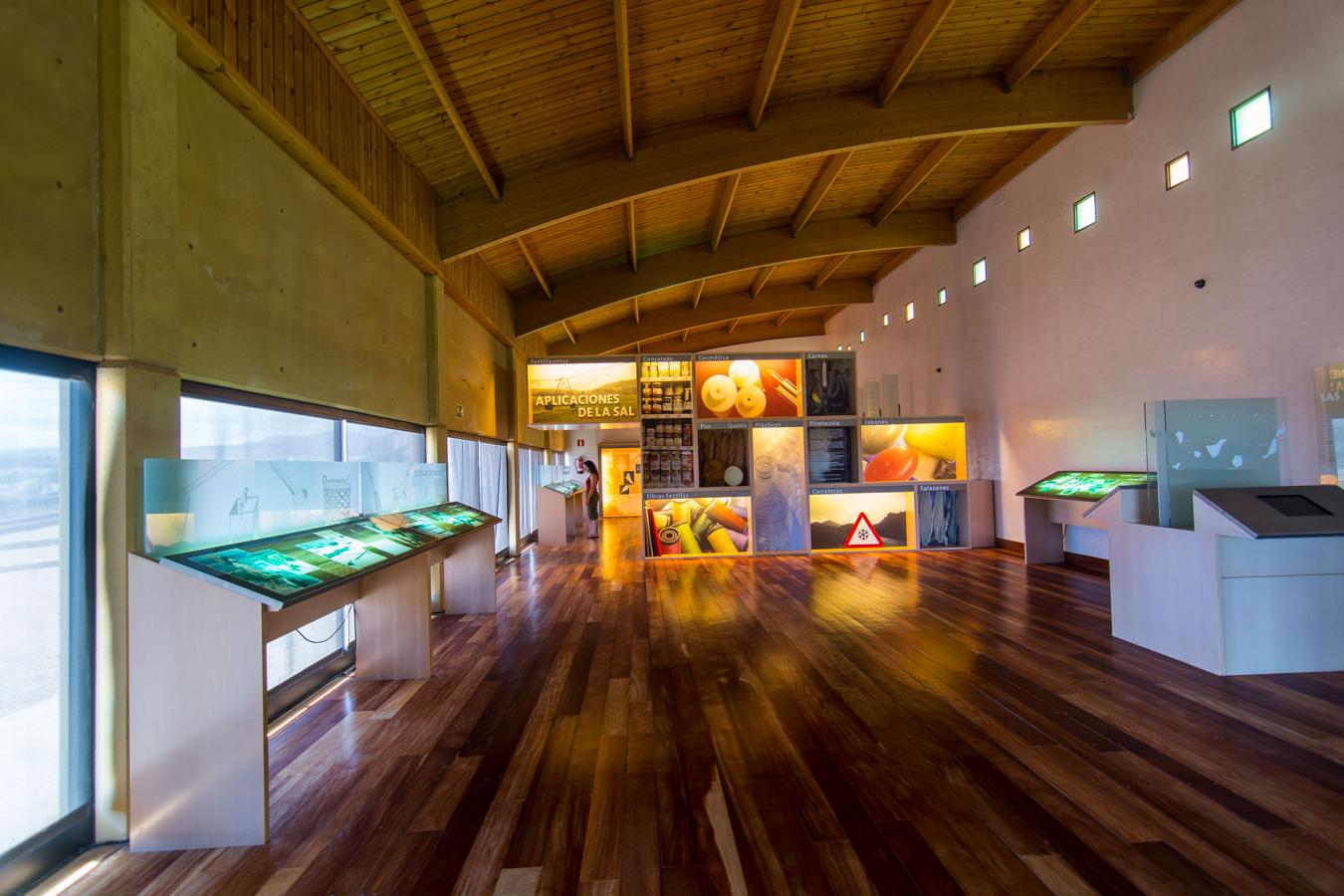
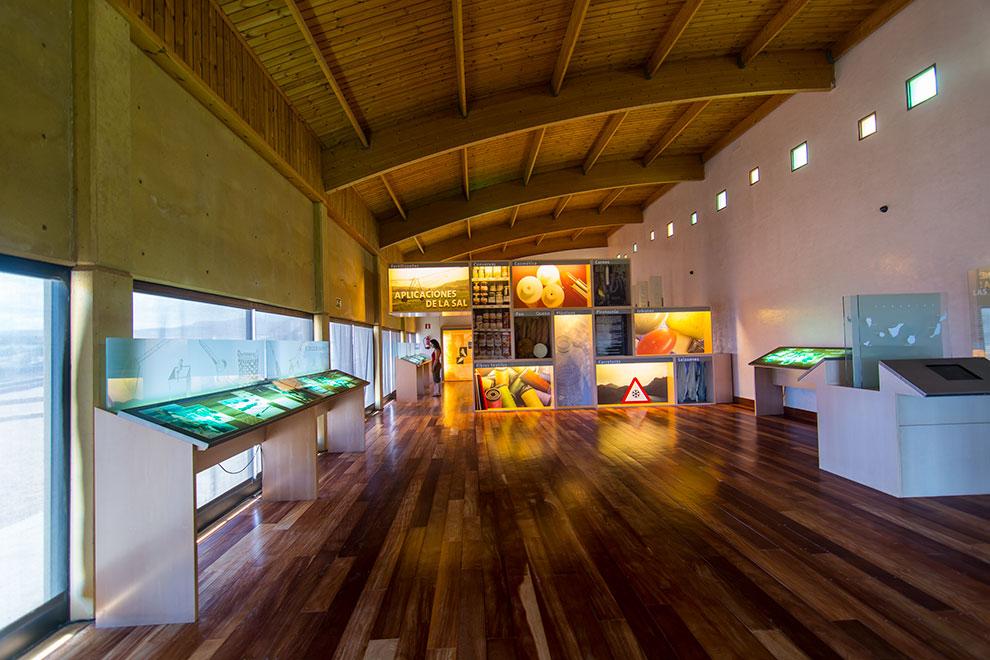

Traditional Fishing Museum
One of the most amazing things about Fuerteventura is the amazing fish that populate the coastline and turn up on diners’ plates in restaurants. The Traditional Fishing Museum, located in the Tostón Lighthouse, is designed to spread the wisdom of Fuerteventura fishing. Fishing is central to the history of Fuerteventura, and the traditional fishing techniques of the island have been praised for the sustainable way in which they use the natural resources. The local area which surrounds the museum is a natural paradise. The fishing village of El Cotillo is close by too and worth a visit. Calle del Faro (El Cotillo).
Unamuno’s House-Museum
The writer Miguel de Unamuno was exiled by the Spanish dictator Primo de Rivera in 1924. In the same year from March to July the novelist and poet stayed on Virgen del Rosario street in Furteventura. The house where he stayed has now become a museum celebrating the life of the writer. Miguel de Unamuno loved Furteventura and made friends with many islanders. The Unamuno museum does a great job of capturing the atmosphere of the writers’ life. Virgen del Rosario, 11 (Puerto del Rosario).
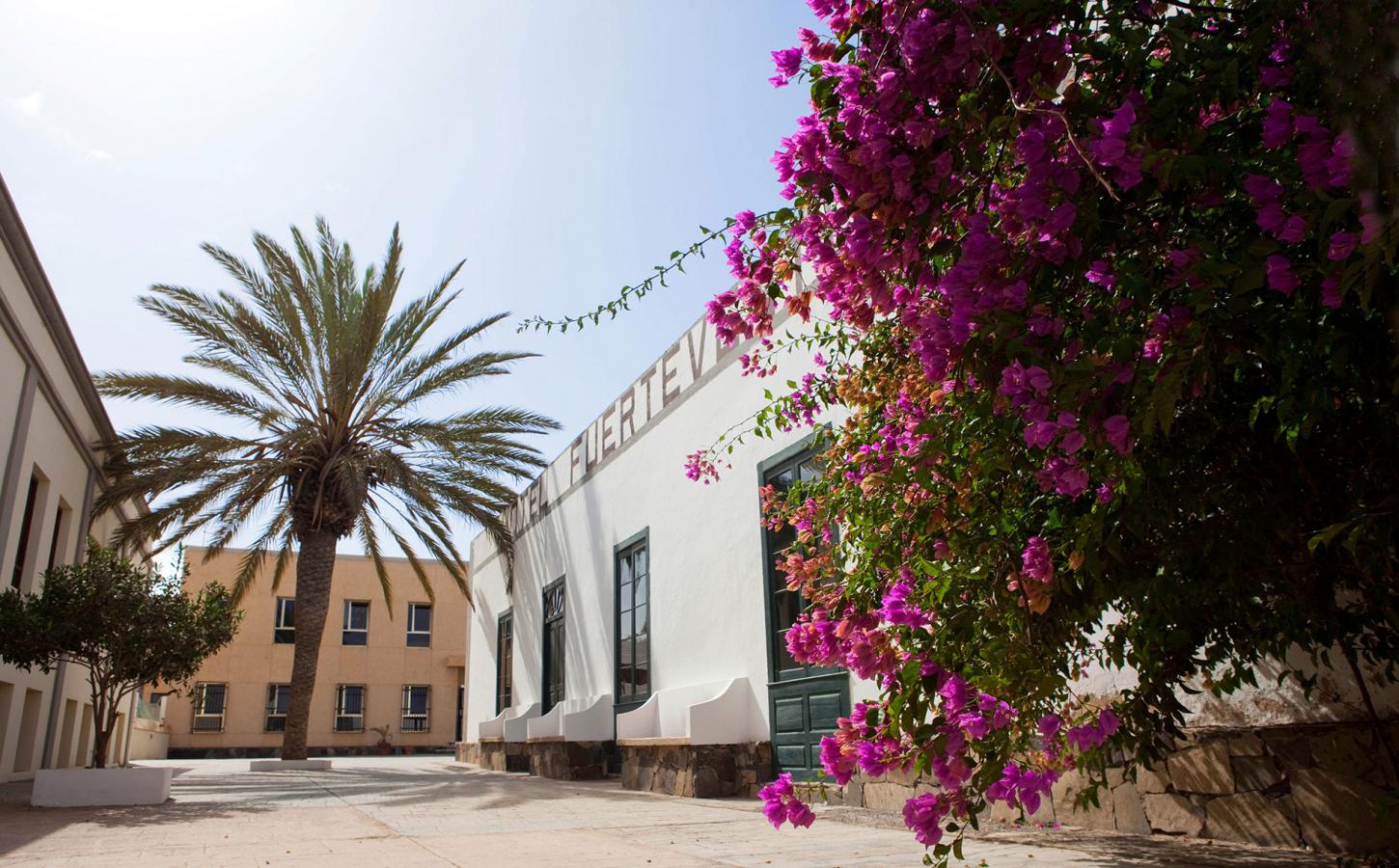
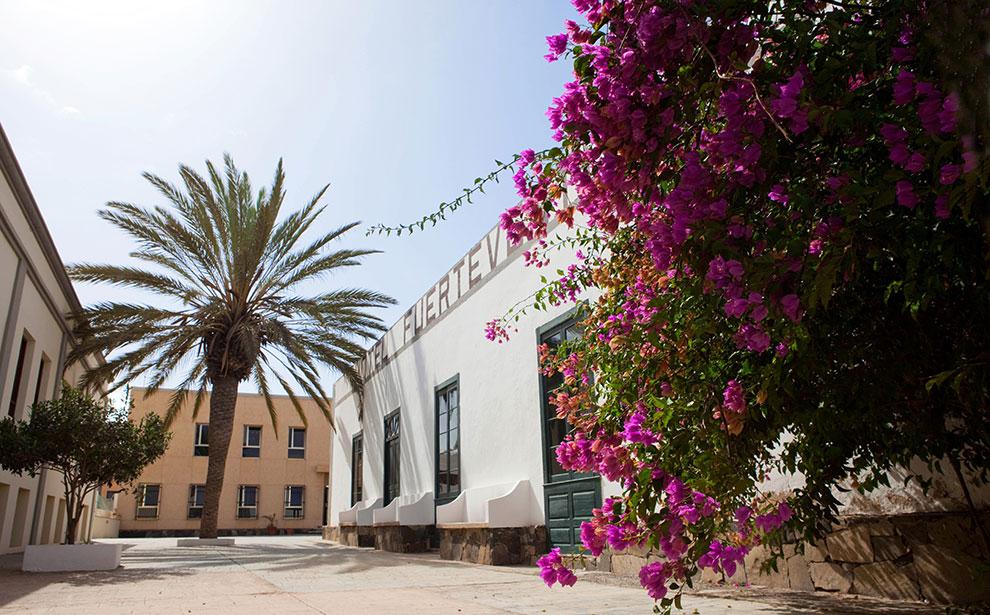




Archaeological Museum of Betancuria
Betancuria is one of the most charming parts of Fuerteventura. The little town contains an archaeological museum which is designed to explain the history of the first expeditions by Europeans to the Canary Islands. The museum also teaches visitors about the rich natural resources of the archipelago and the culture of the "mahos" or "majos", the first settlers of Fuerteventura. Alcalde Carmelo Silvera, 7 (Betancuria).
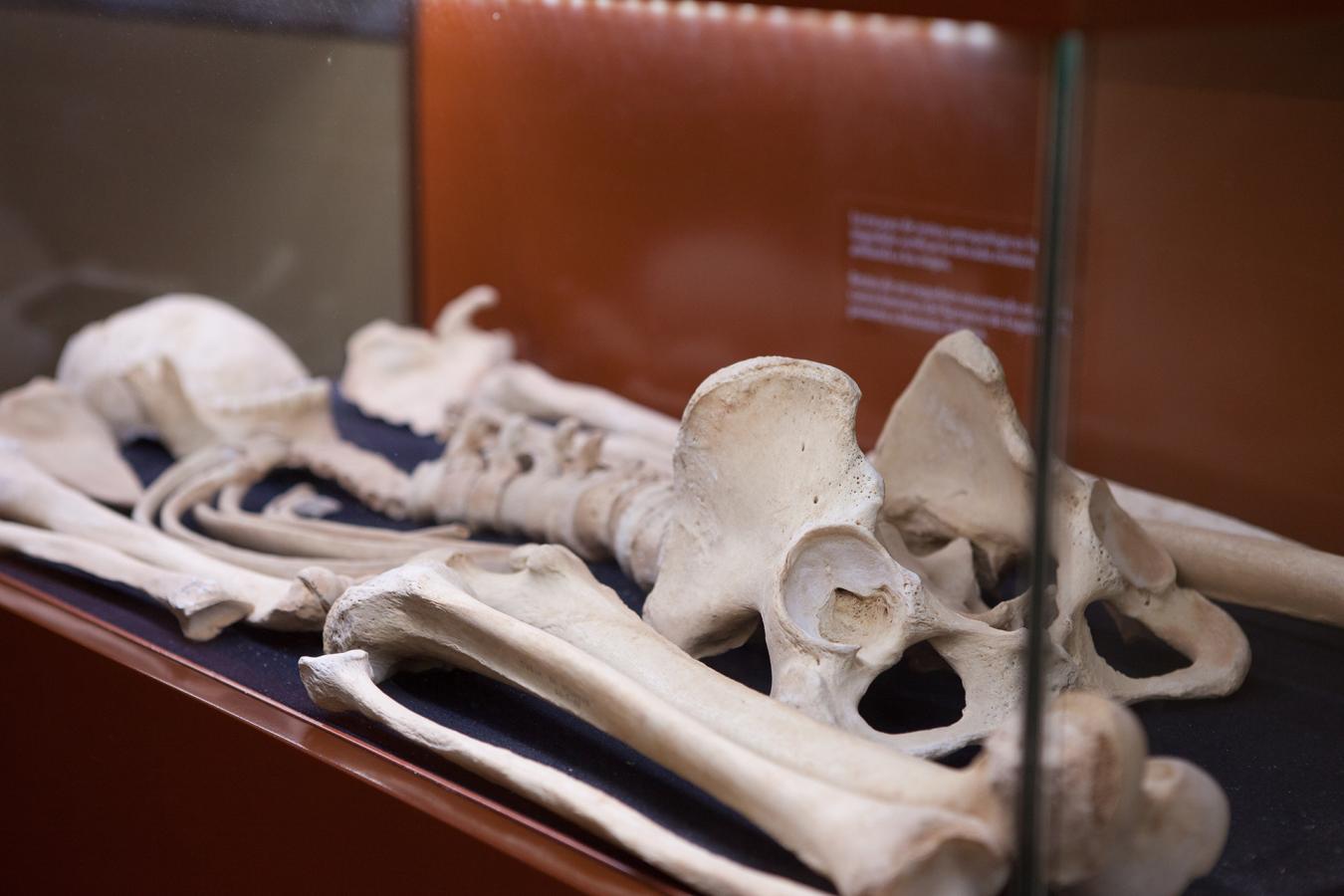


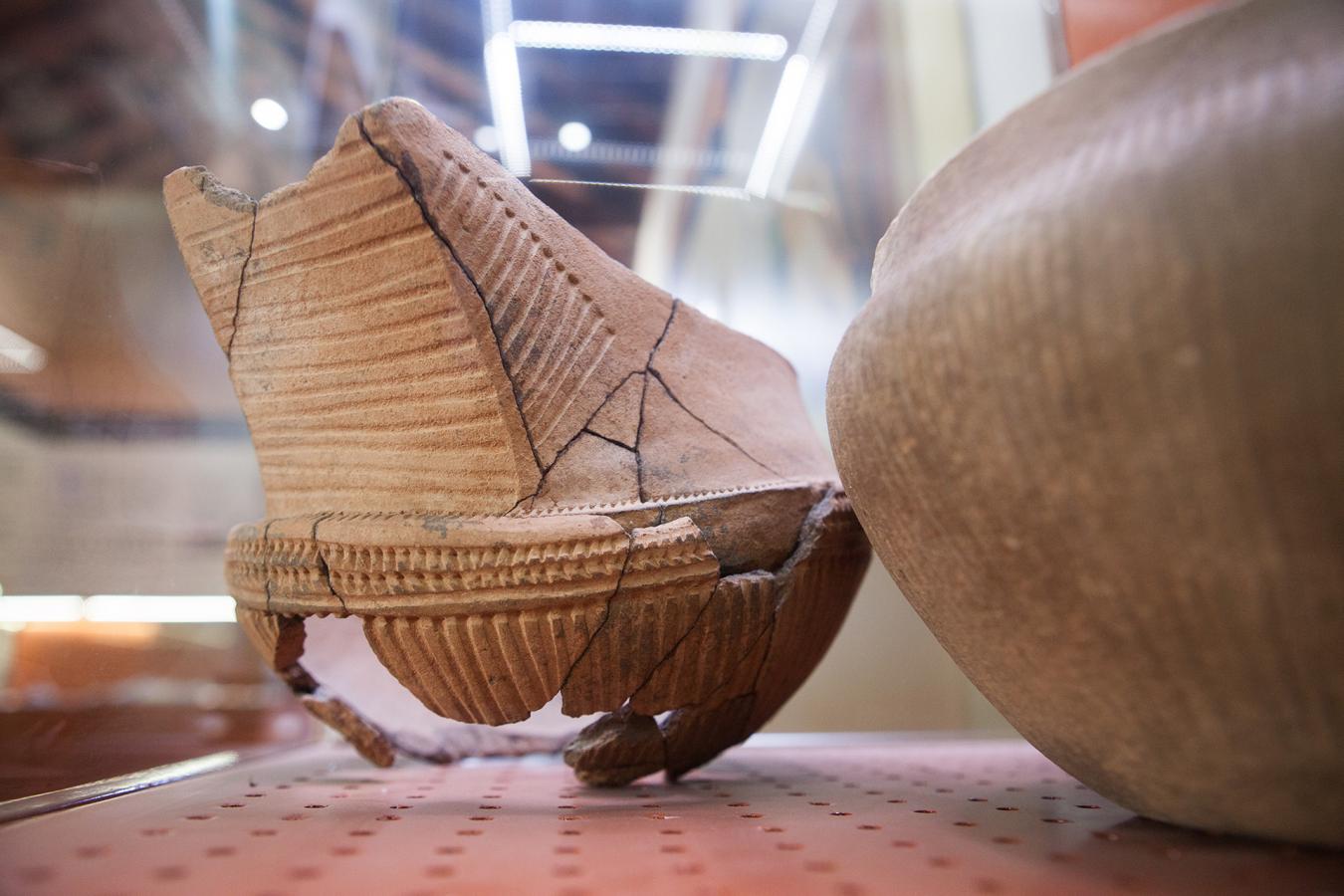
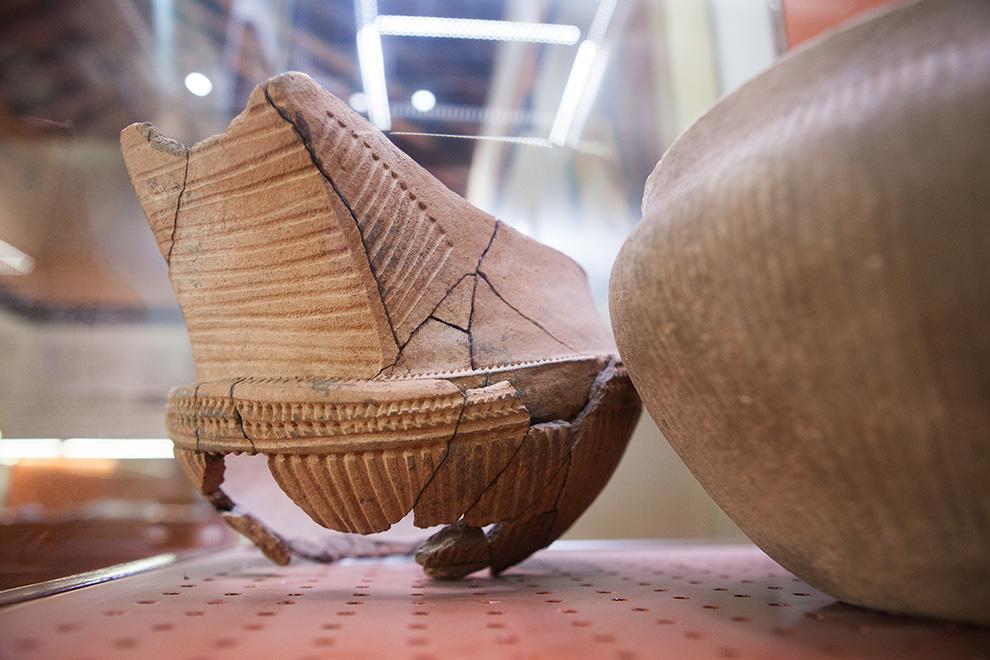

Old Mill
Antigua is a town which was home in the past to some of the richer families of Fuerteventura, especially those families which had businesses growing and exporting cereals to other islands. Surrounded by a beautiful garden, the 18th century windmill which currently houses the Fuerteventura Cheese Museum is luxurious. There are exhibition halls and varied cultural activities on offer. Cheese lovers will be pleased to hear that there is also a shop attached to the museum. Antigua (pueblo).

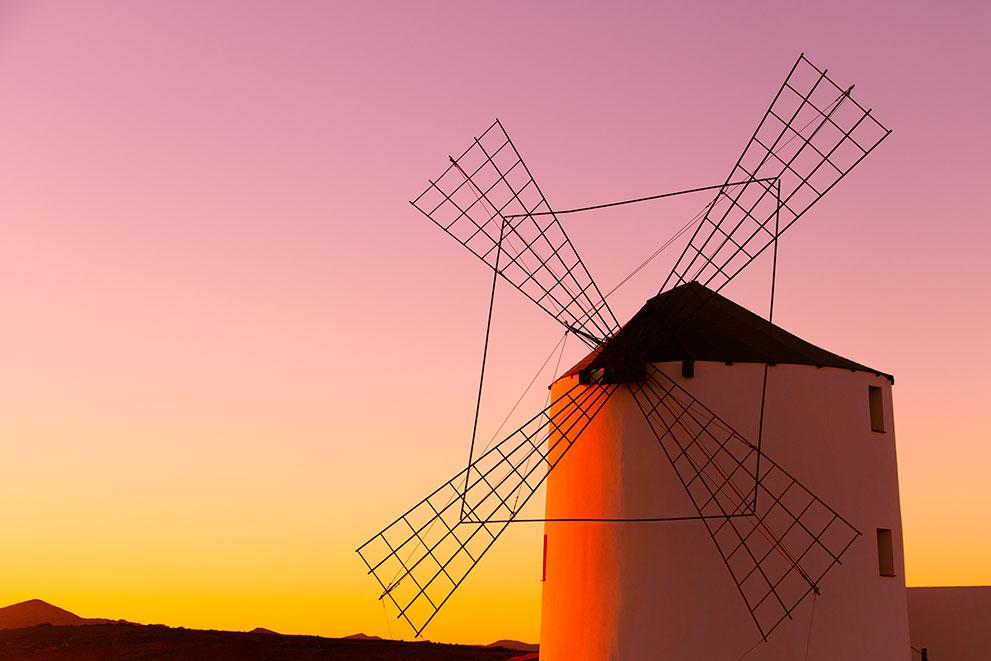

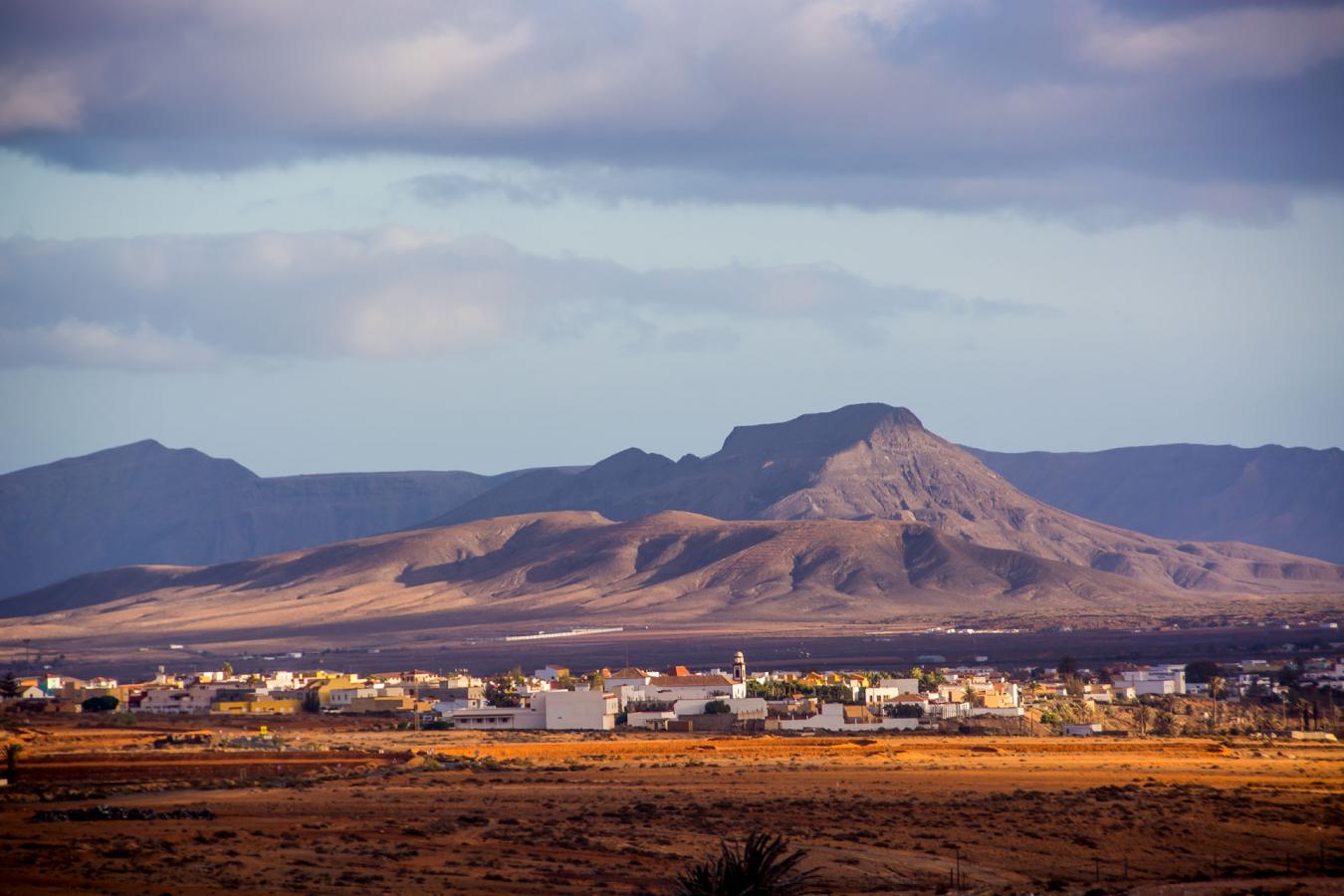


Los Molinos de Tiscamanita Visitor Centre
Windmills are a common sight in the landscape of Fuerteventura. The visitor centre, located in Tiscamanita, offers people the chance to learn about the windmills and the cultivation and baking of gofio (a type of Canarian flour). The centre offers a fun and educational experience for all the family. De la Cruz, 11 (Tiscamanita).
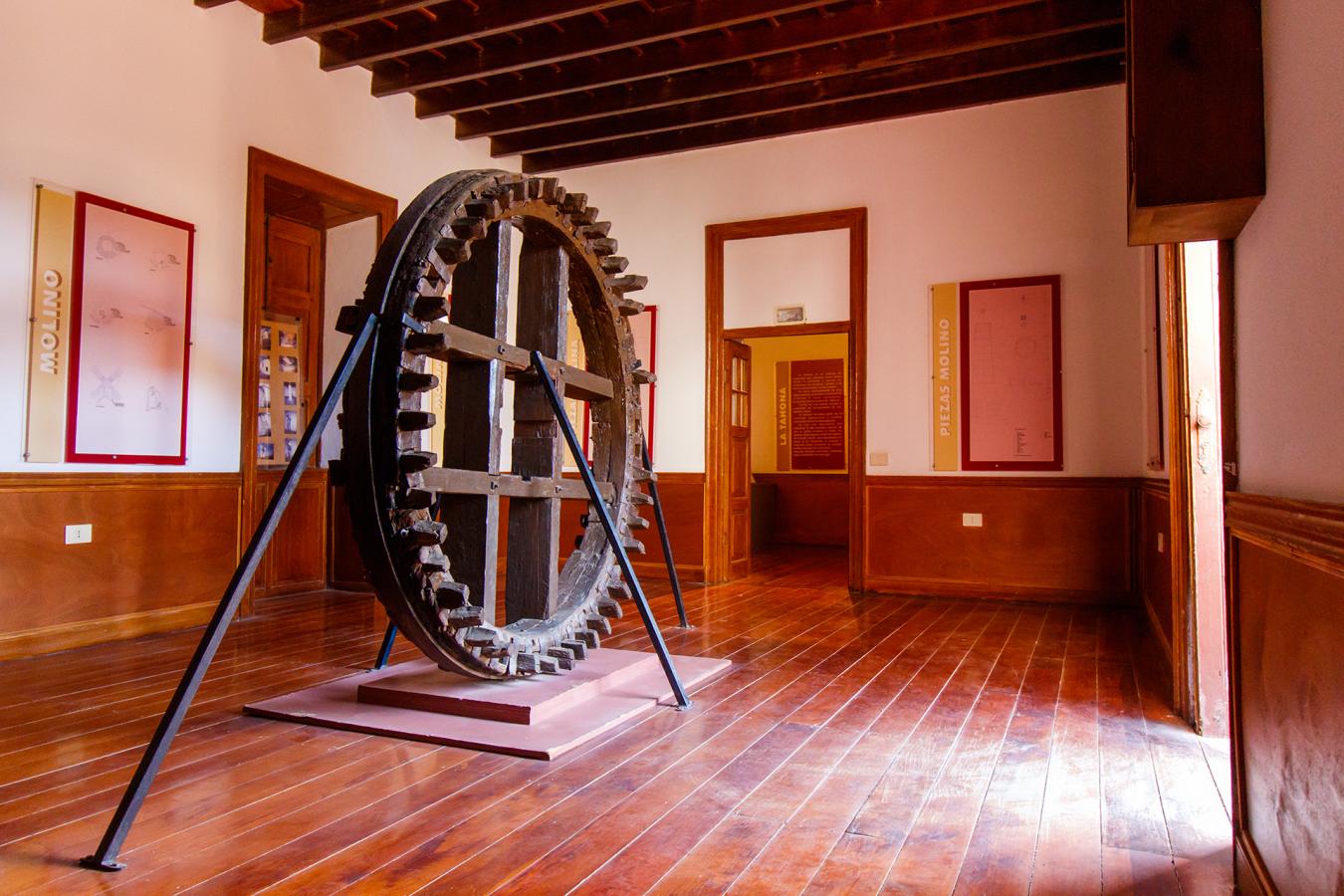


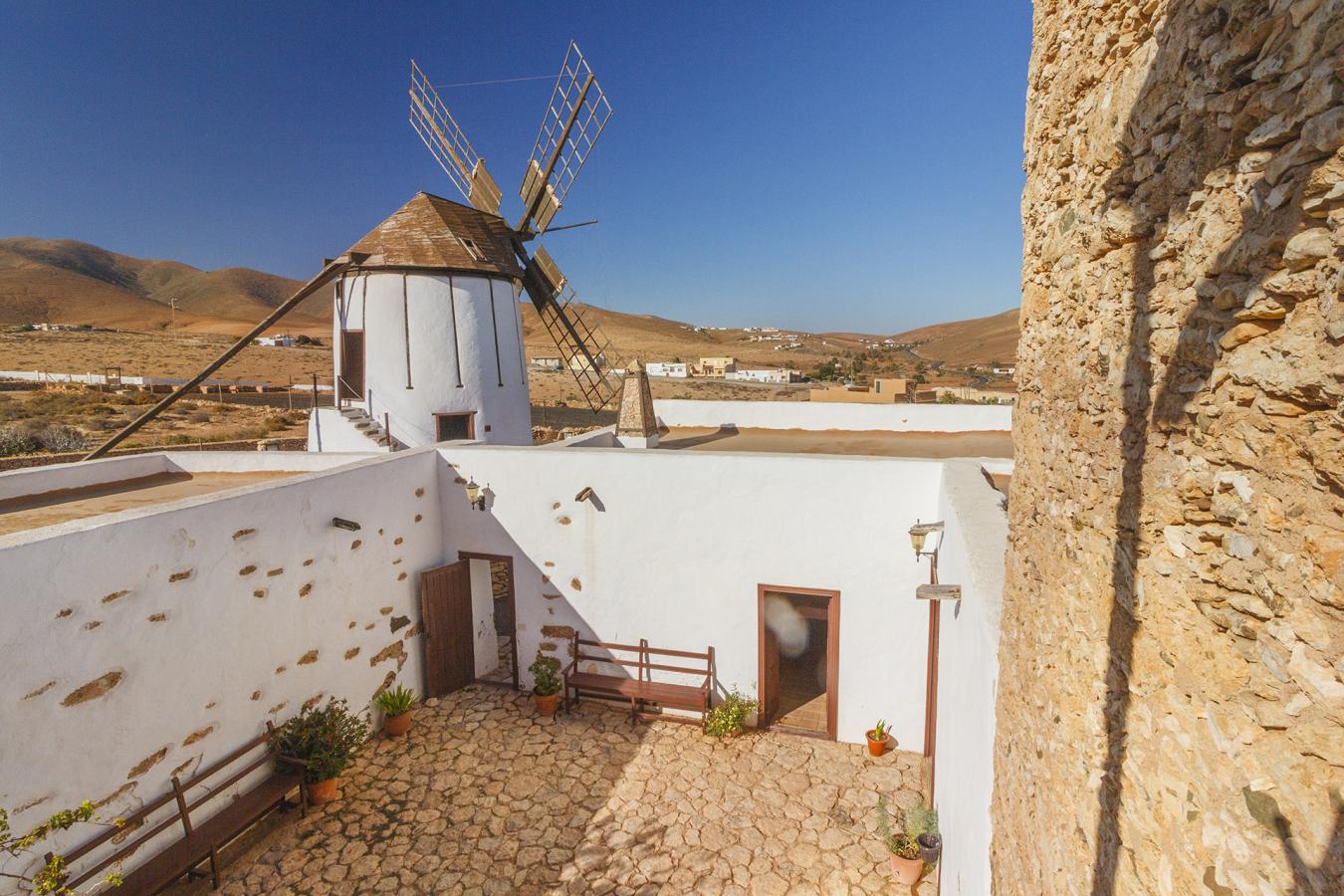


Doctor Mena’s House-Museum
This museum offers people the chance to travel back in time. Doctor Mena’s House-Museum is a fascinating encounter with former times where the life of Dr Mena, a skilled surgeon and prominent figure in the history of Fuerteventura is revealed. The local government acquired the premises in 1999 and turned it into a museum which displays the luxury of a rural house of the Canary Islands nobility. Virgen del Rosario, 11 (Puerto del Rosario).
La Alcogida Ecomuseum
This museum allows visitors to discover how artisans in Fuerteventura go about their trades. The museum incorporates seven houses in its premises. Each of these houses exemplifies a particular architectural style of Fuerteventura, from a simple peasant house to a stately home. Animal lovers will enjoy a trip to this cultural centre as the site is populated by goats, donkeys, and camels. Tefía.

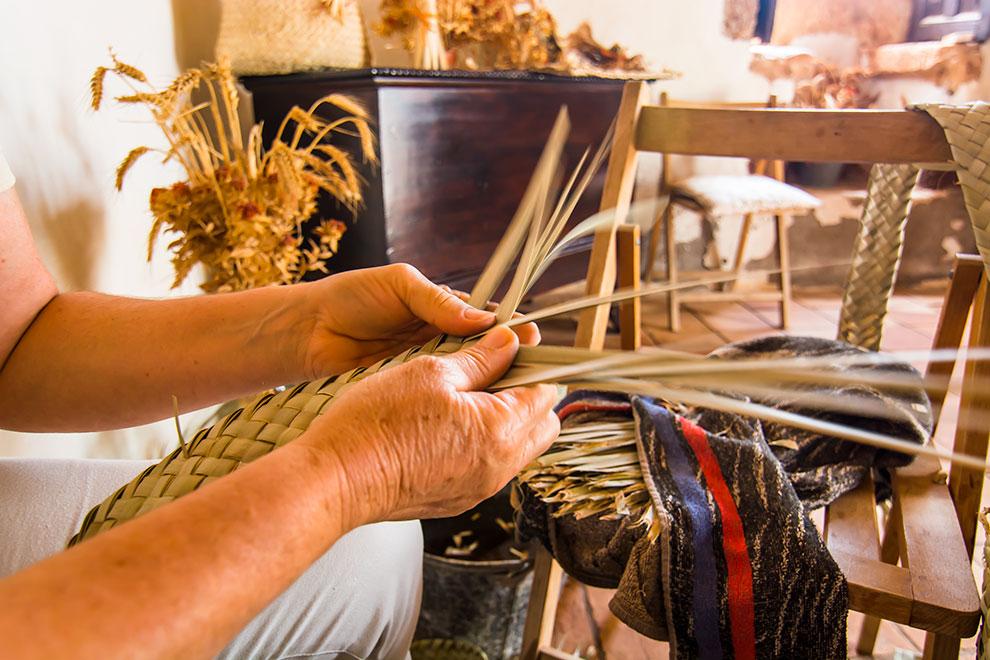

The Natural Park of Jandía-Faro Punta de Jandía Visitor Centre
Before starting to explore the extraordinary landscape of the Isthmus of Jandía, in the south of the island, it is advisable to make a stop at the visitor centre. The site allows tourists to discover some of the history of one of the most important natural spaces in Fuerteventura. There are photographs, videos, and explanatory panels. Punta de Jandía.
La Atalayita Town
This archaeological site details history in the times when the islands were occupied by the original inhabitants, the “mahos” or “majos”. The site is located in the valley of Pozo Negro and occupies an area of 1200 square metres. There are many buildings in the complex and an exhibition area which offers the chance to learn about how life has changed over the centuries on the islands. Valle de Pozo Negro (Antigua).
